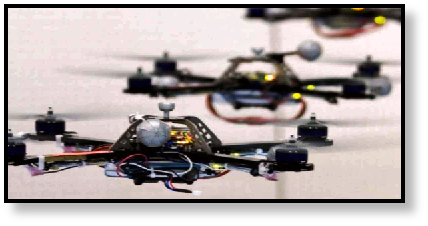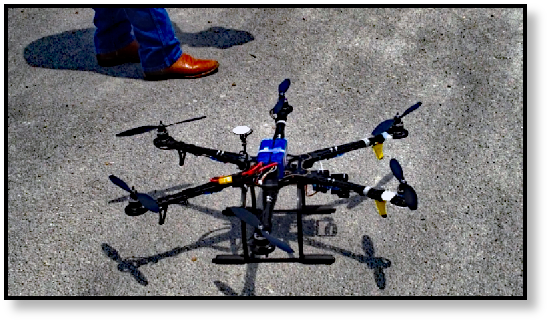
We know that drones are already being used to provide a bird’s eye view of construction progress—take, for example, the construction progress updates concerning the Apple Campus 2 provided by 4K drones. But did you know they are being used extensively in the construction industry for far more than just videos of the construction site?
Here are some additional Shop Talk blog posts you might be interested in:
- Heavy Equipment, Telematics, and the Internet of Things
- Final Drives: Re-manufactured versus Rebuilt
- Introduction to Torque Density
Over just a few years we have seen drones have quickly evolved from a novelty gadget to a very useful tool for the construction industry. In this blog post, we are going to take a lightning fast look at how drones are being used in the construction industry.

According to ConstructConnect, the use of drones in the construction industry will continue to rise—especially as the FAA regulations for commercial applications continue to evolve more favorably. For the time being, however, it seems that the FAA rules are friendlier for smaller construction sites than for larger ones.
Uses for Drones in Construction
Drone and UAVs have proven useful for far more than merely capturing digital video and images. They actually capture digital data that can be turned into 3D models, digital terrain models, and point clouds – capturing a construction site in such detail that this data becomes an invaluable tool in design, planning, scheduling, and more. When properly used, they can survey job sites in a fraction of the time it normally takes: information that it typically takes a ground team up to six weeks to gather can typically be gathered in a manner of minutes.
As to 3D models, various companies, including modeling mogul Autodesk, have already stepped up to the plate to start providing software to take the raw data and turn it into useful information and informative visuals.
Drones can be used to create a BIM (building information model) and can be used to quickly and accurately update clients and interested parties about the progress of large projects. They are also used for surveying. Drones are also an excellent aid in monitoring the safety of bridges and tall buildings.

Example of Real World Use of Drones
Back in 2014, Bukacek Construction used their drone to gather high-quality images to update clients on job site progress and provide valuable feedback on the placement of LED lighting for a construction project. In just a few years, however, we have seen major advances beyond this use of drones on the construction site.
Just last year during a 61-acre hospital project in Florida, Brasfield & Gorrie used drone mapping after initial grading work to compare the site grade to the proposed grade. Through careful use of drone technology, they saved both time and money in not only measuring the site grade but in scheduling and implementing the remaining grade work.
Power Engineers of Idaho is using drones to provide visualizations of what construction projects like overhead power lines through neighborhoods will look like when they are completed. This is an invaluable service to their clients and helps to keep everyone on the same page as to what the final result will look like.

Another example is Lehigh Hanson, which is using drones for their mining operations. Current applications include measuring stockpile inventories via volumetric maps and keeping an eye on worker safety.
Conclusion
Drones are becoming more and more common in construction, and finding time and money saving applications. While they are still considered toys and novelties by many people, those in the construction are seeing their potential uses for safety, efficient scheduling, project tracking, and more.
When getting a repair on your final drive motor, make sure you ship it correctly to prevent further damage. Get the free "How to Ship a Final Drive Motor."

